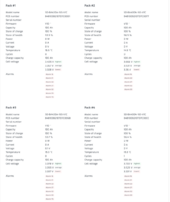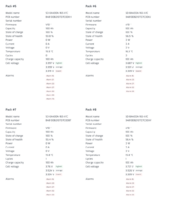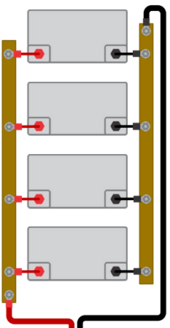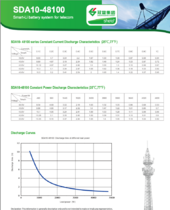hpeyerl
New Member
- Joined
- Mar 22, 2022
- Messages
- 94
I have a rack of 8 identical Shoto Lifepo4 48x100 telecom batteries. The batteries were new in-crate when I received them and have contiguous serial numbers. They're connected to one another via RJ45 and talk to one another via CAN. My Sol-Ark doesn't know how to talk to them but Solar-Assistant has been adding protocol changes to their Narada protocol to communicate with my batteries.
The batteries are all connected to two solid copper bus bars, 2 inches wide, .125" thick, with machined holes. All the cables are identical length/awg and the fasteners were all torqued down the same. In the center of the positive bus bar I have a T-class fuse and 4/0 going to my Sol-Ark. I've included some pictures that may or may not tell you much.
I recently setup TOU on the Sol-Ark and in Solar-Assistant am seeing widely disparate discharge levels on some of the batteries. The lights on the front of the units seems to accurately portray what Solar-Assistant is telling me.
I'm thinking this is some sort of actual problem in the batteries and not how I've got it hooked up/configured. Anyone have any thoughts on how I should deal with this? My first thought is I'm going to make all new cables from scratch.
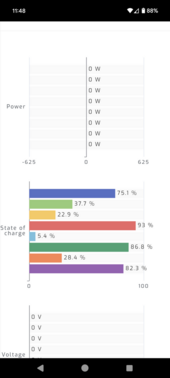

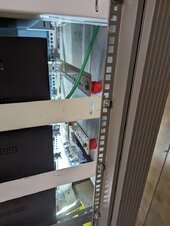
The batteries are all connected to two solid copper bus bars, 2 inches wide, .125" thick, with machined holes. All the cables are identical length/awg and the fasteners were all torqued down the same. In the center of the positive bus bar I have a T-class fuse and 4/0 going to my Sol-Ark. I've included some pictures that may or may not tell you much.
I recently setup TOU on the Sol-Ark and in Solar-Assistant am seeing widely disparate discharge levels on some of the batteries. The lights on the front of the units seems to accurately portray what Solar-Assistant is telling me.
I'm thinking this is some sort of actual problem in the batteries and not how I've got it hooked up/configured. Anyone have any thoughts on how I should deal with this? My first thought is I'm going to make all new cables from scratch.



Last edited:



